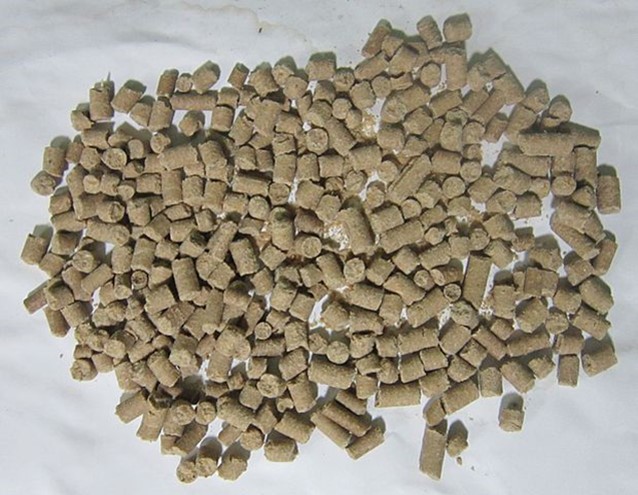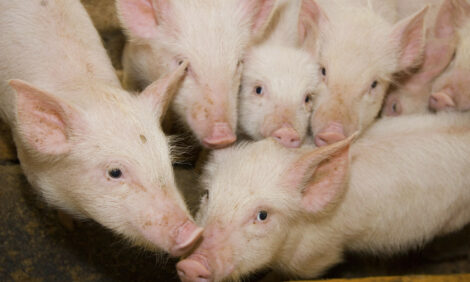



Novel research highlights true pros and cons of feeding rice bran to grower-finishers
Results of a novel study from Illinois University indicate that there are both benefits and losses incurred from feeding the rice milling by-product, rice bran, to grower-finishersThe trial was conducted and authored by Gloria Casas, Martin Overholt, Anna Dilger, Hans Stein and Dustin Boler, and was published in the Journal of Animal Science this year.
The aims of the group were to determine how rice bran feed mixtures, full-fat and defatted, affected key carcass characteristics and important meat quality traits.

In a novel trial, the pros and cons of rice bran meal within grower-finisher diets has been investigated. Image: Palagiri
According to previous studies, dietary fat intake affects the quality and deposition of fat in pigs. More unsaturated fat deposition, a consequence of the pig diet containing high fat, can result in softer bellies. This has been proven to reduce shelf-life and preparation quality of meat products.
The trial
- 224 barrows and gilts.
- 97 days of trialling the diets.
- Three-phase feeding programme: grower, early finisher and late finisher.
- Each pig was reared within each feeding phase on one of seven diets: a control diet of basal corn-soybean meal or a diet containing 10, 20, or 30 percent full-fat or defatted rice bran mixed with the basal corn-soybean meal feed.
- On the last day of the experiment, 1 pig per pen was harvested and carcass characteristics, LM quality, and fat quality were determined.
The results
- For the overall experimental period, no effects of dietary treatments were observed for average daily gain.
- Average daily feed intake (ADFI) decreased but gain to feed ratio (G:F) increased for pigs fed diets with increasing concentrations of full fat rice bran meal.
- ADFI increased and G:F decreased as defatted rice bran meal was included in the diets.
- There were no effects of dietary treatments on longissimus muscle quality.
- The length of the bellies decreased as the inclusion of FFRB or DFRB increased in the diets.
- The concentration of crude fat in the adipose tissue of pigs increased as the concentration of FFRB or DFRB increased in the diets.
- The concentration of saturated fatty acids in the adipose tissue of pigs fed diets containing FFRB decreased, whereas the concentration of polyunsaturated fatty acids (PUFA) increased.
- Addition of DFRB to diets did not affect the concentration of fatty acids in adipose tissues.
Conclusion
30% FFRB included in diets for growing-finishing pigs may improve G:F without affecting carcass characteristics or LM quality with the exception that PUFA in adipose tissues will increase.
Inclusion of DFRB in diets for growing-finishing pigs will reduce G:F without affecting the LM quality or composition of adipose tissues.









